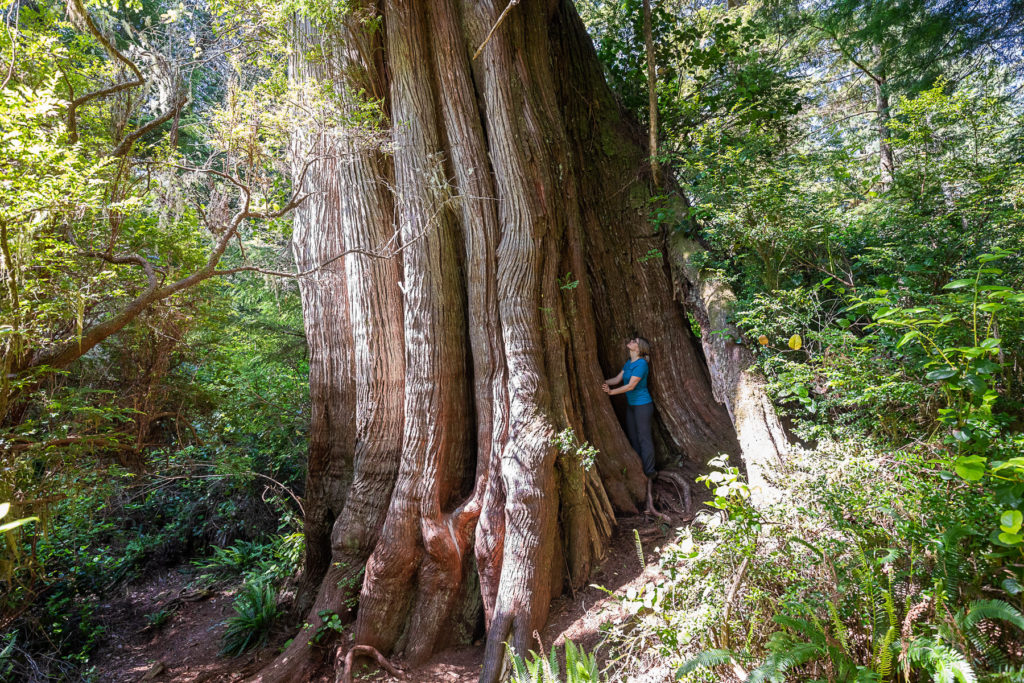 Sep 11 2020
Sep 11 2020B.C. moves to end divisive old growth forest policies, protects nine areas
The Canadian Press
September 11, 2020

The British Columbia government says it’s taking a new and more all-encompassing approach to protecting the province’s old-growth forests.
Forests Minister Doug Donaldson says the government wants to break from the past _ when forestry decisions led to confrontations _ and fully involve environmental groups, Indigenous leaders, forest companies, labour organizations and communities while working together to protect forests and support jobs.
He says B.C. must do a better job of finding ways to protect forests while saving jobs.Donaldson says the province will immediately defer timber harvesting in nine old-growth areas, totalling almost 3,530 square kilometres.
In July 2019, B.C. announced a panel to conduct an independent strategic review of old-growth forests, which resulted in a report containing 14 recommendations.B.C.’s Wilderness Committee says in a statement the government’s announcement represents a significant opportunity to protect the province’s remaining old-growth forests.
For a link to a map of old–growth areas for immediate development deferral, visit: https://news.gov.bc.ca/files/Old_Growth_No1.pdf
List of old–growth areas for immediate development deferral:
1. Clayoquot Sound: 260,578 hectares. Renowned for its beauty and range of resource values, typical forests of the very wet Coastal Western Hemlock zone, with western hemlock, western red cedar, yellow cedar, balsam, berries, ferns and moss.
2. Crystalline Creek: 9,595 hectares. A tributary of the south fork of the Spillimacheen River, an intact watershed with wetland complexes and old and mature forests.
3. H’Kusam: 1,050 hectares. Prounounced kew-sum, this easily accessible area contains outstanding examples of culturally modified trees and intact stands of old–growth cedar.
4. Incomappleux Valley: 40,194 hectares. Inland rainforest with intact riparian habitats, more than 250 lichen species, lowland forests and old–growth forests estimated to be between 800 and 1,500 years old.
5. McKelvie Creek: 2,231 hectares. Intact valley of old–growth temperate rainforest and intact watershed providing rich wildlife and salmon habitat.
6. Seven Sisters: 4,510 hectares. A complete elevation sequence of forested ecosystems, with a blend of coastal, interior and northern features, habitat for many red- and blue-listed wildlife species.
7. Skagit-Silver Daisy: 5,745 hectares. Largely intact transition forest between coastal and interior types, with species representative of both, including sub-alpine fir, western and mountain hemlock, western red and yellow cedar and Douglas fir, home to wildlife including spotted owls.
8. Stockdale Creek: 11,515 hectares. Old and mature forests in an intact watershed, an important wildlife corridor with high-value grizzly bear habitat.
9. Upper Southgate River: 17,321 hectares. Coastal rainforest providing a rich habitat for wildlife and multiple species of salmon.
This report by The Canadian Press was first published Sept. 11, 2020.
Read the original article





